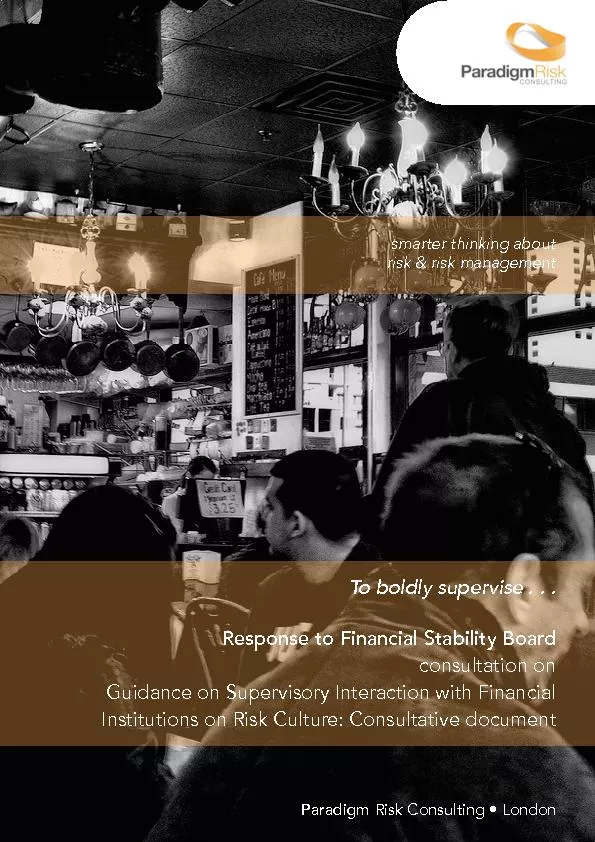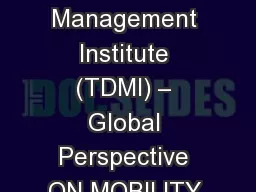PDF-smarter thinking about risk & risk management
Author : tawny-fly | Published Date : 2016-10-19
To boldly supervise Board Institutions on Risk Culture Consultative documen Risk Consulting x2022 London To boldly supervise Board Institutions on Risk Culture
Presentation Embed Code
Download Presentation
Download Presentation The PPT/PDF document "smarter thinking about risk & risk manag..." is the property of its rightful owner. Permission is granted to download and print the materials on this website for personal, non-commercial use only, and to display it on your personal computer provided you do not modify the materials and that you retain all copyright notices contained in the materials. By downloading content from our website, you accept the terms of this agreement.
smarter thinking about risk & risk management: Transcript
Download Rules Of Document
"smarter thinking about risk & risk management"The content belongs to its owner. You may download and print it for personal use, without modification, and keep all copyright notices. By downloading, you agree to these terms.
Related Documents














